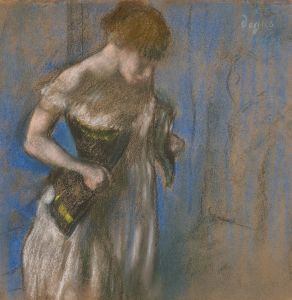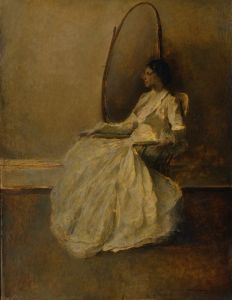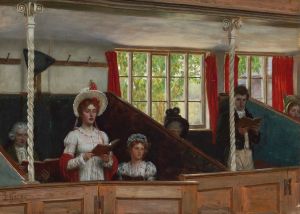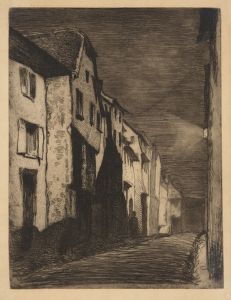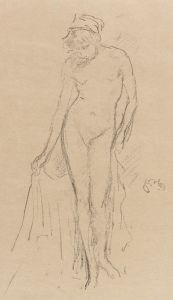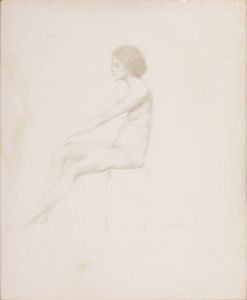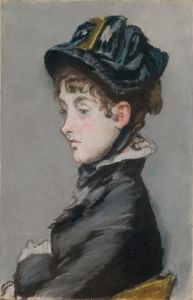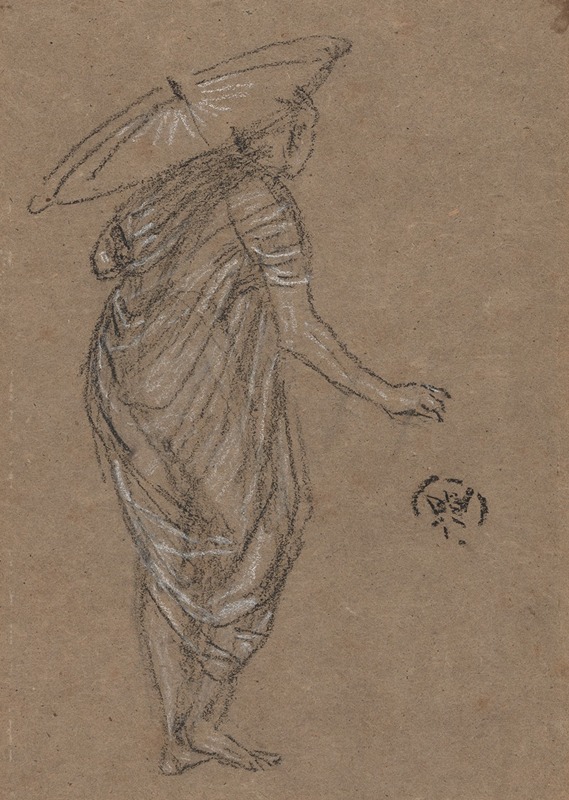
Woman with Parasol
A hand-painted replica of James Abbott McNeill Whistler’s masterpiece Woman with Parasol, meticulously crafted by professional artists to capture the true essence of the original. Each piece is created with museum-quality canvas and rare mineral pigments, carefully painted by experienced artists with delicate brushstrokes and rich, layered colors to perfectly recreate the texture of the original artwork. Unlike machine-printed reproductions, this hand-painted version brings the painting to life, infused with the artist’s emotions and skill in every stroke. Whether for personal collection or home decoration, it instantly elevates the artistic atmosphere of any space.
James Abbott McNeill Whistler was an influential American artist known for his contributions to the art world during the late 19th century. He is often associated with the Aesthetic Movement, which emphasized the visual and sensual qualities of art and design over practical, moral, or narrative considerations. One of his notable works is "Woman with Parasol," a painting that exemplifies his distinctive style and approach to portraiture.
"Woman with Parasol" was created during a period when Whistler was exploring the subtleties of color and form, often focusing on the harmony and balance within his compositions. Whistler's work is characterized by his use of a limited color palette and his interest in the effects of light and atmosphere. This painting is no exception, as it showcases his ability to capture the delicate interplay of light and shadow.
The subject of "Woman with Parasol" is depicted in a serene outdoor setting, holding a parasol that shields her from the sun. The parasol, a common accessory in the 19th century, adds an element of elegance and sophistication to the composition. Whistler's attention to detail is evident in the way he renders the folds of the woman's dress and the subtle gradations of color in the background. The painting reflects Whistler's interest in Japanese art, which influenced many Western artists during this period. This influence is apparent in the composition's simplicity and the emphasis on line and form.
Whistler often titled his works in a manner that reflected his interest in music, using terms such as "symphony," "arrangement," or "nocturne" to describe his paintings. This approach underscores his belief that art should be appreciated for its aesthetic qualities rather than its narrative content. "Woman with Parasol" can be seen as an exploration of visual harmony, where the arrangement of colors and shapes creates a pleasing and balanced composition.
Throughout his career, Whistler was known for his innovative techniques and his willingness to challenge traditional artistic conventions. He was a central figure in the art world of his time, engaging in public debates about the nature and purpose of art. His famous legal battle with art critic John Ruskin, who criticized Whistler's work as lacking in substance, highlighted the tension between traditional and modern approaches to art.
"Woman with Parasol" is a testament to Whistler's skill as a painter and his commitment to the principles of the Aesthetic Movement. The painting remains an important example of his work and continues to be appreciated for its beauty and technical mastery. Whistler's legacy endures through his influence on subsequent generations of artists and his contributions to the development of modern art.






